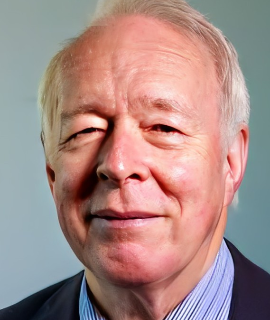Bleaching in dentistry
Bleaching is a common cosmetic dentistry procedure used to lighten teeth, usually to improve the appearance. This procedure is used to lighten existing tooth color or to remove stains from teeth. Bleaching can be done in a dental office or at home. In-office bleaching is the most common type of bleaching procedure. This process involves a dental professional applying a bleaching agent to the teeth, which is then activated with a special light. The activated bleaching agent penetrates the enamel of the teeth and strips away the molecules that cause discoloration. The process usually takes about an hour and may require multiple visits over several weeks. At-home bleaching is another option. This method involves a dental professional making custom trays that fit the patient’s teeth. The trays are filled with bleaching agents, which the patient then uses at home. Most at-home bleaching processes take several weeks, with the patient wearing the trays for a few hours each day. Bleaching is a safe and effective way to improve the appearance of teeth. However, it is important to note that bleaching will only lighten existing tooth color or remove surface stains. It cannot change tooth shape or size or restore decayed or damaged teeth. It is also important to note that bleaching will not whiten any existing dental restorations, such as crowns, fillings, or veneers. If the patient desires a brighter smile, these restorations will need to be replaced. In addition, bleaching can increase the sensitivity of teeth, so it is important to discuss this possibility with a dentist before beginning the process. Overall, bleaching is a safe and effective way to lighten existing tooth color and remove surface stains. However, it is important to discuss all of the risks and benefits with a dentist before beginning the procedure.

David Geoffrey Gillam
Queen Mary University of London, United Kingdom
Christopher Turner
Spacemark Dental, United Kingdom




Title : Evaluating hygienist follow up for head and neck oncology patients in secondary care: Results from a two cycle audit
Peter Basta, Newcastle Dental Hospital, United Kingdom
Title : Atypical facial pain unravelled
Christopher Turner, Spacemark Dental, United Kingdom
Title : New treatment of temporomandibular disorder through muscle balance and muscle regeneration by activation of quiescent muscle stem cells( satellite cells) with mitochondrial dynamics
Ki Ji Lee, National Reserach Foundation & Busan Medical University, Korea, Republic of
Title : MRONJ and ORN: Referral or management in primary care? Navigating guidelines in the context of long waiting lists
Alisha Sagar, NHS England, United Kingdom
Title : Managing the unexpected: An Insight into supernumerary teeth
Bahar Gharooni Dowrani, Guy's and St Thomas' NHS Foundation Trust, United Kingdom
Title : Laxative prescribing for post operative head and neck cancer patients at Derriford Hospital
Pui Sze Kylie Li, Cardiff and Vale University Health Board, United Kingdom